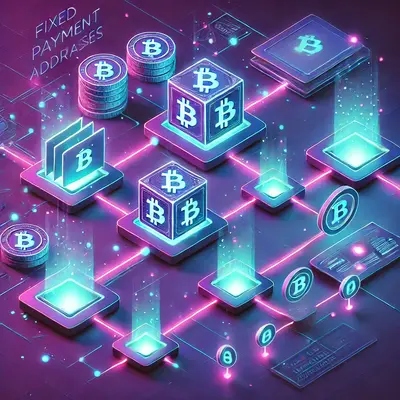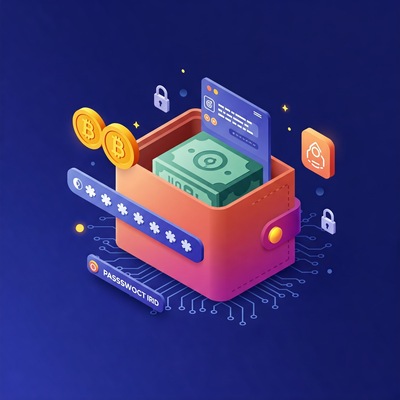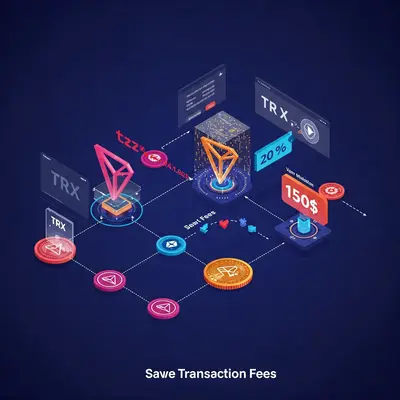Blog Post
Read our latest blog posts and stay updated with the latest trends and insights in the blockchain industry.
Explore a wide range of topics and discover valuable information that can help you enhance your knowledge and skills.


By Chaingateway
Aug 20, 2023
As an app developer, you may have encountered webhook integrations in some of your applications and wondered what they were. Webhooks are growing in popularity, and you should understand them. According to Google trends, interest in webhooks has risen astronomically in recent years.
Webhooks are one of the ways web applications exchange data. They allow real-time data transmission across apps based on a predefined event. For instance, on a restaurant-based app, a webhook would notify you when someone checks in. You can then run any automated processes once the event is triggered. Data will be sent over the web from the app where the event originated to a handling application that receives the signal. The data exchange happens over a webhook URL created by the receiving app and acts like a phone number that other apps can dial when an event occurs. Data sent to the webhook URL is known as the payload.
For a membership-based site, a webhook would prove useful. Whenever the customer uses the payment gateway to pay for a service, you would have to input their details in the membership app so that they can log in. One way to get over this is to have the payment gateway and your app communication. Consequently, they are automatically added to the membership app when they pay. A webhook is one way to ensure that communication takes place. Webhooks can save a lot of time, and they are so popular that you can integrate them into most of the web apps you already use. For instance, they can be connected to email marketing software with other apps to create new opportunities. The webhook could be connected to the payment gateway and the email marketing software so that you receive an alert when a payment bounces. Webhooks can be used to sync customer data in other apps. For instance, when a user changes their email address, the change can be reflected in the CRM. Webhooks are also useful for sending information about events to external databases like Google Big Query for more analysis. Webhooks can also be used to automate payments. By connecting to the payment gateway, they can send a signal for when an event occurs, which can be used to send the required funds automatically. In the future Web3 internet, webhooks will have a unique role to play in facilitating micropayments and instant settlement. Their ability to instantly send information will be useful for automating payments in Web3.
Webhooks and APIs are often mentioned together. However, while they are similar, they are not the same. Webhooks are one of the options that apps can use to exchange data, while API is another option. One of the major differences is in how they receive data. An API provides data via polling when the app occasionally sends requests for data to an API server to see if it has been updated with new information. A webhook allows the provider to push data to the application as soon as an event is triggered. Consequently, webhooks are sometimes called reverse APIs. With an API, the application has to pull data from the server to remain updated periodically. At the same time, the webhook receives data pushed from the server when an event is triggered. In the real world, an API is analogous to making periodic calls to a store to ask if they have brought new merchandise. On the other hand, a webhook is a system that lets the retailer call you when they have new merchandise. The result is that it saves time for both parties. Webhooks consume fewer resources since they do not require constant polling for new data. However, APIs are still popular since not all applications have webhooks integration. Additionally, they do not work for every use case. Sometimes, an app only wants to get information about the end-result instead of every event. A webhook would only notify the app about an event, while if you need to make changes based on new data, you will still need an API. Another reason APIs are still useful is that the webhook payload may not have all the data you need about the event. To overcome this issue, many applications today support webhooks and APIs. When webhook integration is lacking, some middleware applications have come in to fill the gap. These apps will poll the API and send the updates using webhooks. Middleware apps with this capability can connect apps that lack webhook integration, allowing them to share data.
Webhooks are an important part of the internet, and their popularity is growing. They allow applications to send data instantly, which is useful for automated payments. While they work similarly to APIs, they have different roles, each with unique use cases. One of the best ways to understand the full capabilities of webhooks is to try them yourself. With a few connections between your apps, you will get a feel for how they work. Within a short time, you will be a pro at using webhooks for everything, including automated payments.
Share This Post
Enter your email to receive our latest newsletter.
Don't worry, we don't spam

chaingateway

chaingateway

chaingateway
Various use cases for a blockchain API to foster efficiency, improve speed of blockchain transactions while promoting adoption of blockhain technology.
The role of Blockchain API in maximizing the potential of blockchain technology, with an example of the Binance Smart chain API.
Chaingateway.io teams up with ForumPay to offer secure cryptocurrency payments, enhancing the blockchain ecosystem with innovative Blockchain API solutions.